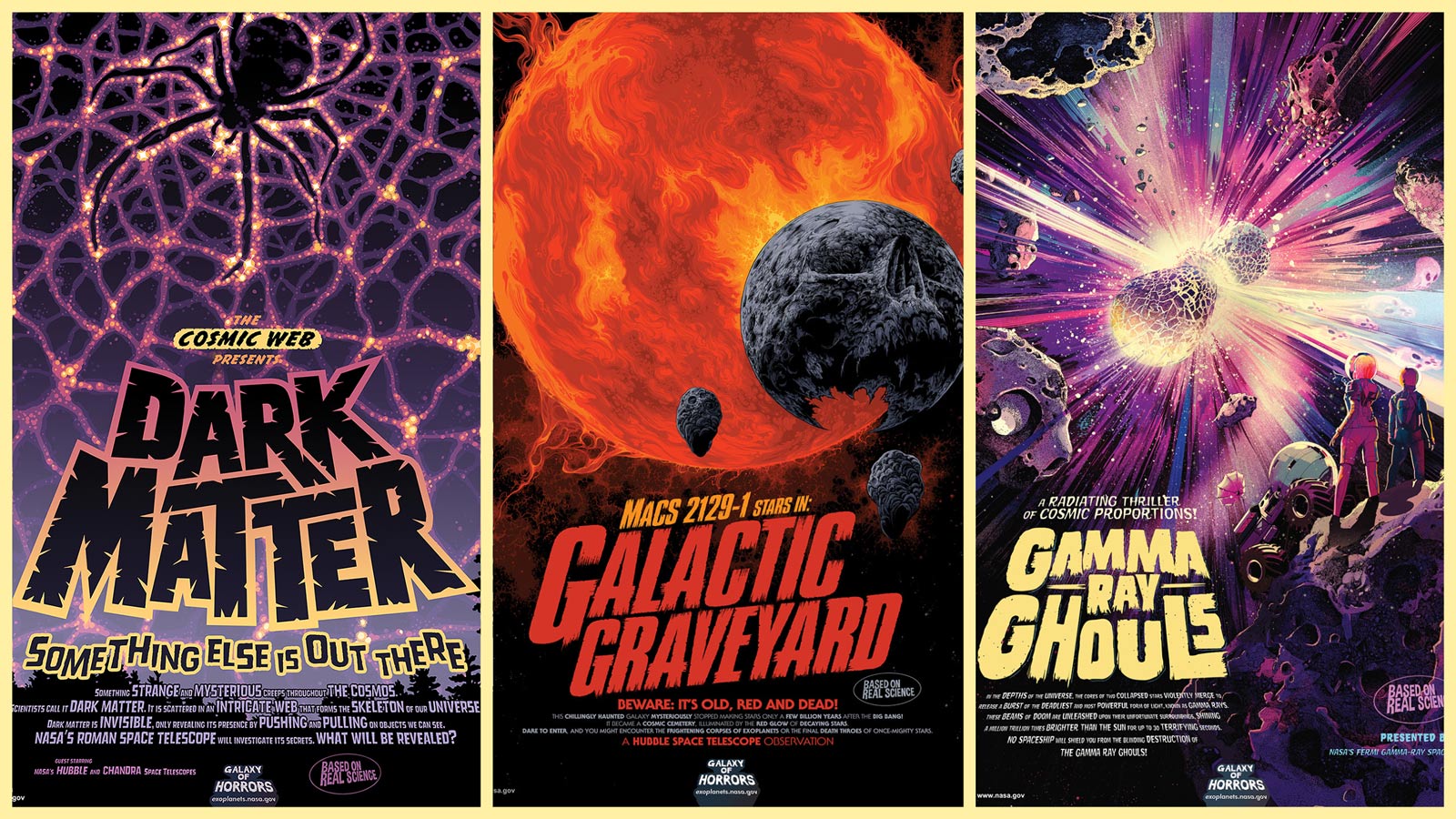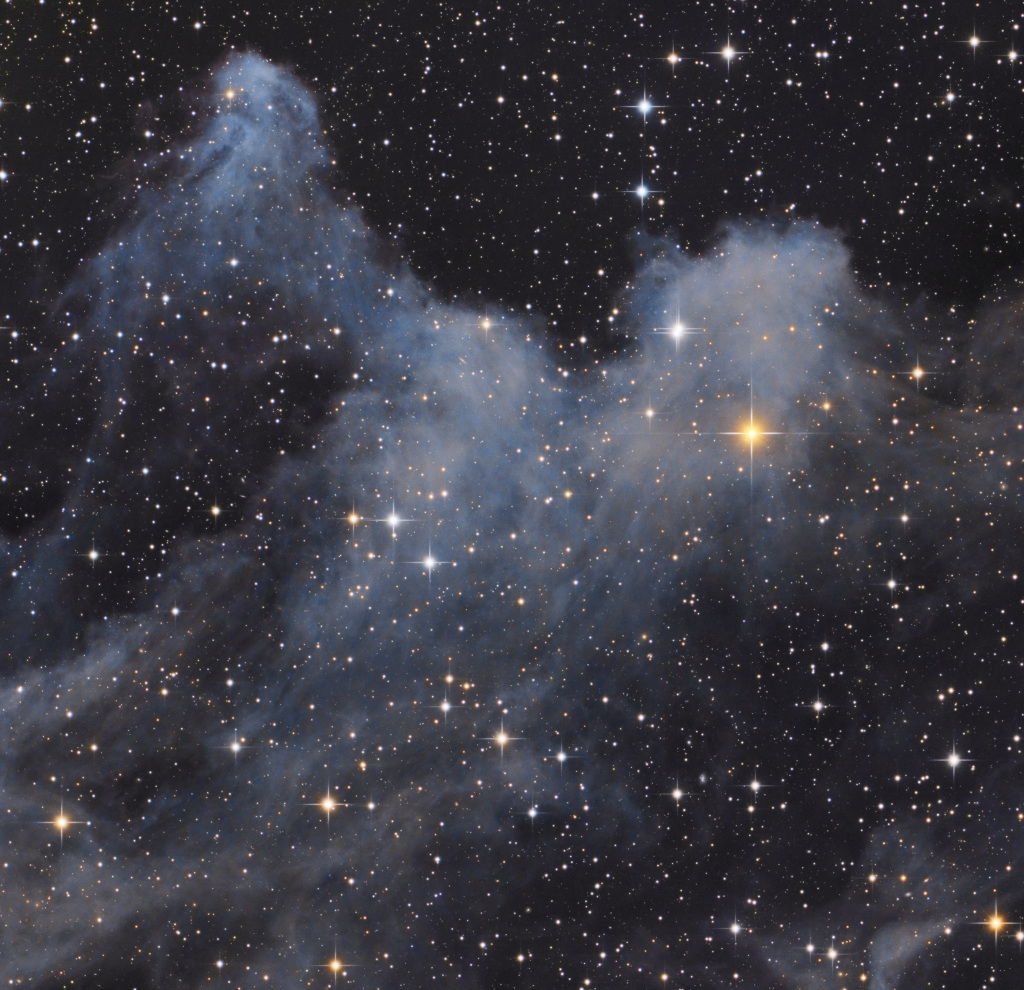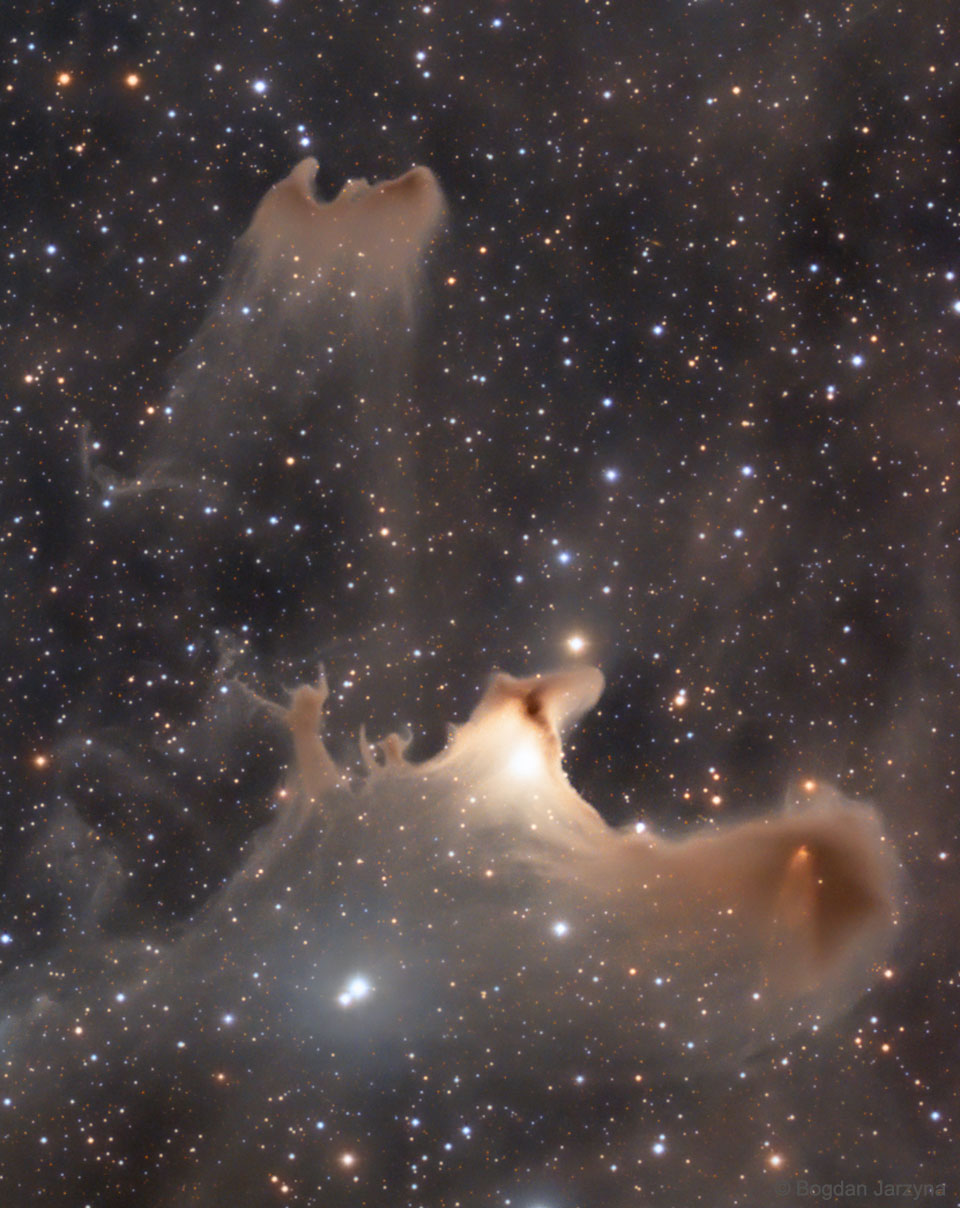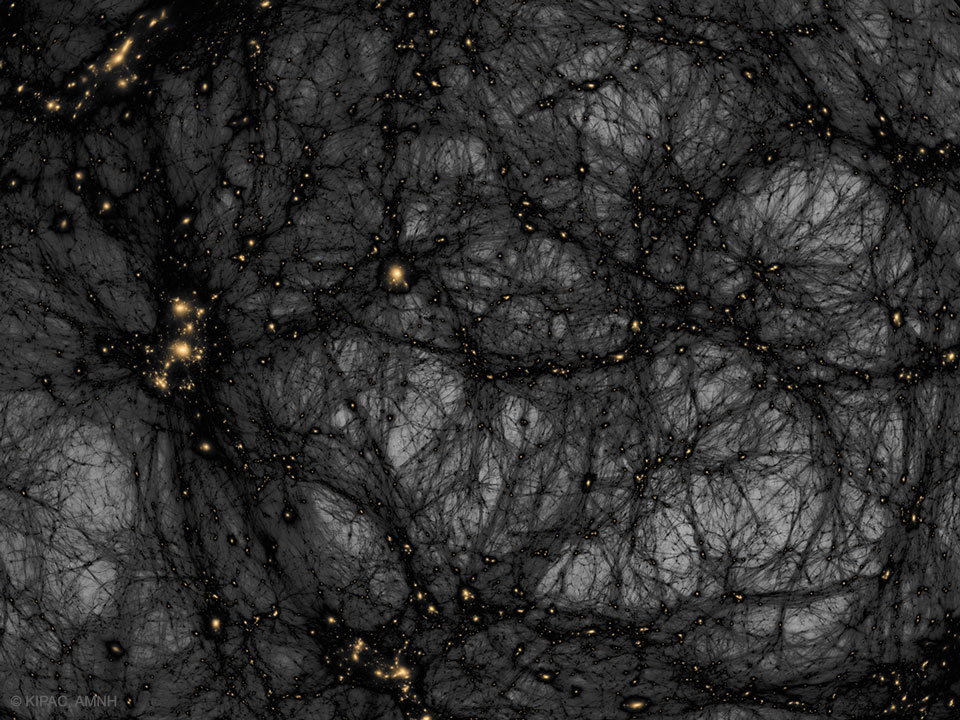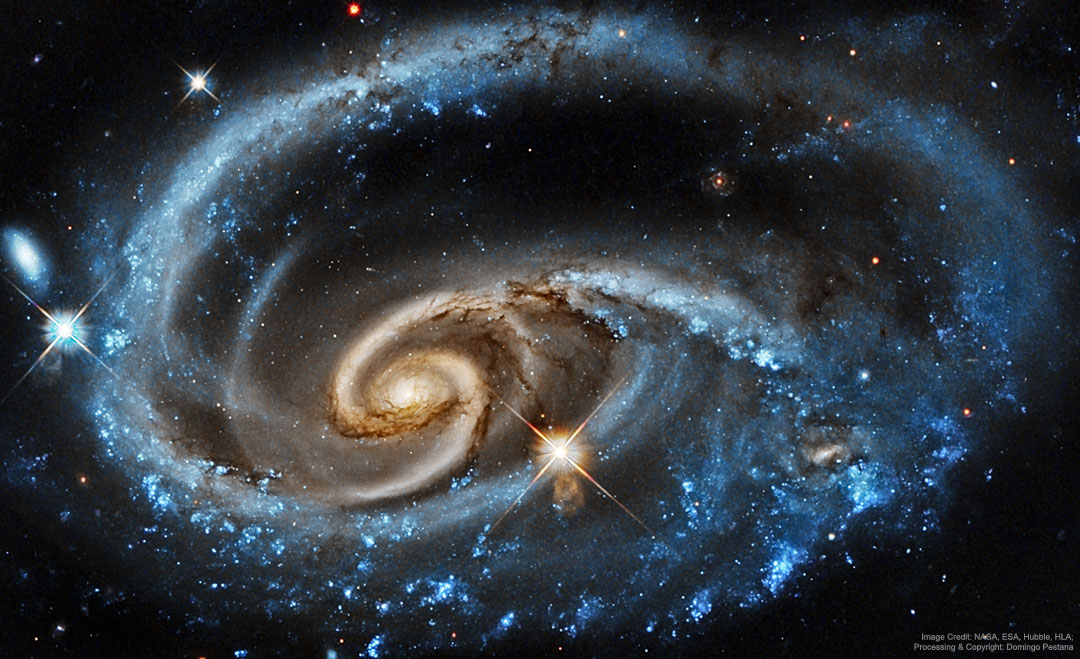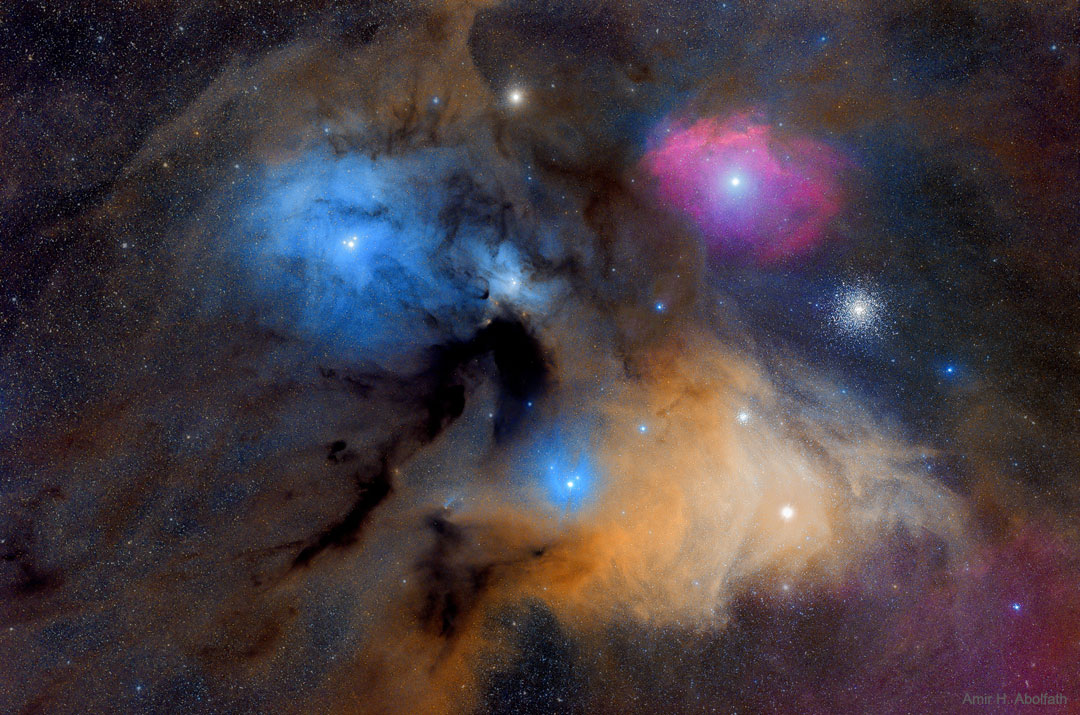2020 10 octobre

The Very Large Array at Moonset
Image Credit: Jeff Hellermann, NRAO / AUI / NSFExplication : Un spectacle inspirant, ces antennes géantes du Karl G. Jansky Very Large Array (VLA) s’élèvent au-dessus du désert du Nouveau-Mexique à moonset. Montées sur des piliers mais transportables sur les voies ferrées pour modifier la configuration du VLA, ses 27 antennes de fonctionnement sont chacune de la taille d’une maison (25 mètres de diamètre) et peuvent être organisées en un réseau couvrant la taille d’une ville (35 kilomètres). Un cheval de bataille prolifique de radioastronomie, le VLA a été utilisé pour découvrir l’eau sur la planète Mercure,coronae radio-brillante autour des étoiles, micro-quasars dans notre galaxie, gravitationnellement induit anneaux Einstein autour des galaxies lointaines, et les homologues radio à cosmologiquement lointains sursauts gamma. Sa grande taille a permis aux astronomes d’étudier les détails des galaxies radio, des jets cosmiques ultra-rapides, et de cartographier le centre de notre propre Voie lactée. Aujourd’hui, 40 ans après son dévouement, le VLA a été utilisé dans plus de 14 000 projets d’observation et a contribué à plus de 500 thèses de doctorat. Le 10 octobre, l’Observatoire national de radioastronomie organisera une journée de célébration en ligne de l’ALV à 40 ans avec des visites virtuelles et des présentations sur l’histoire, les opérations, la science et l’avenir du Very Large Array.
